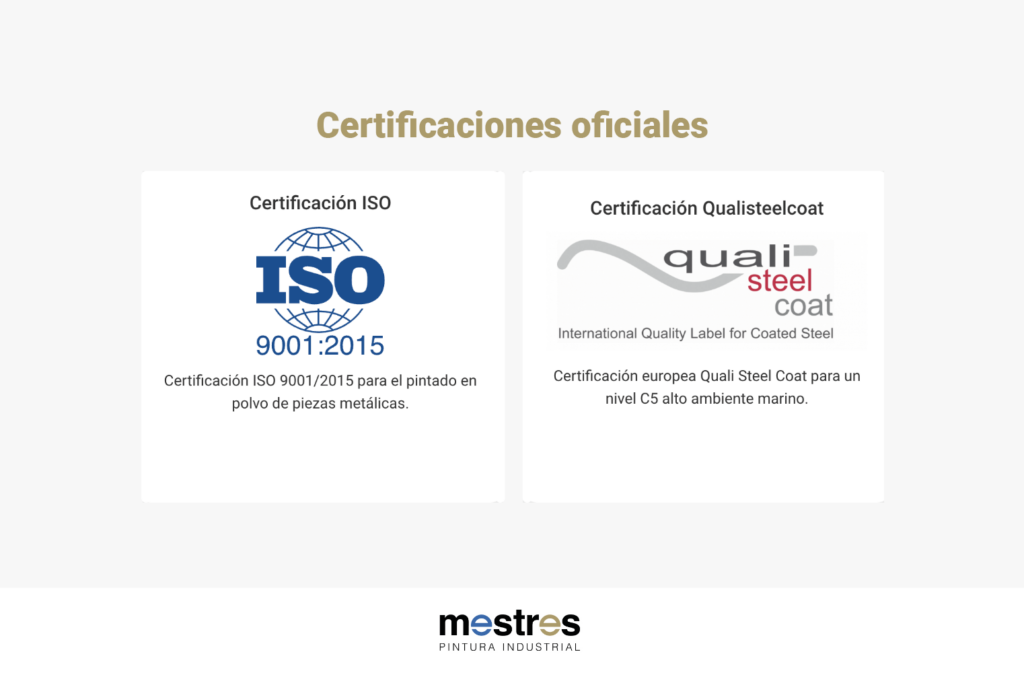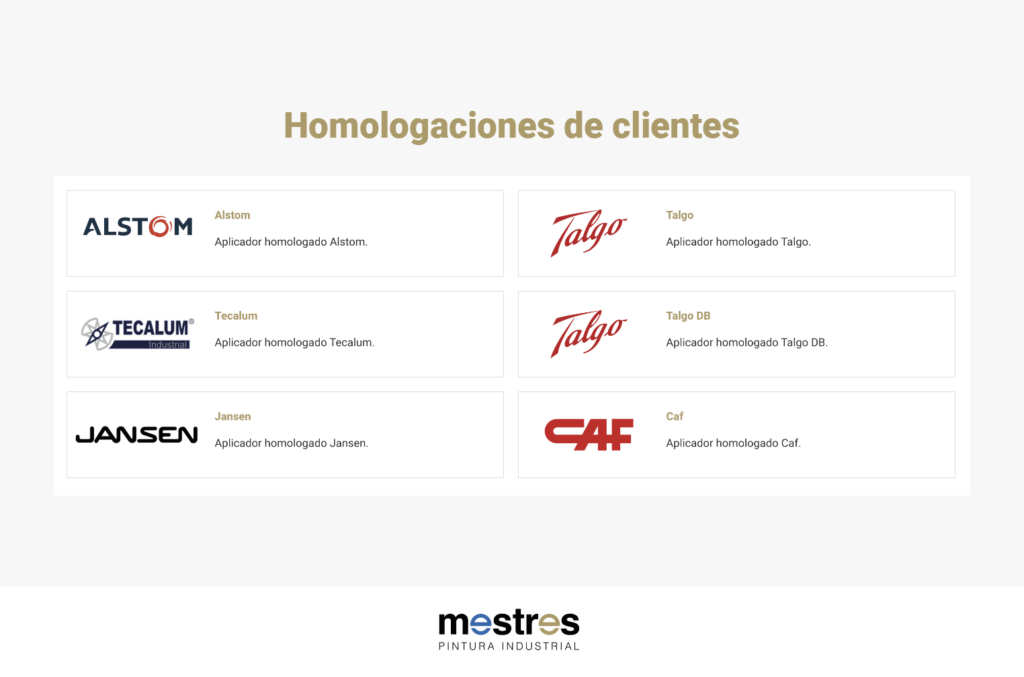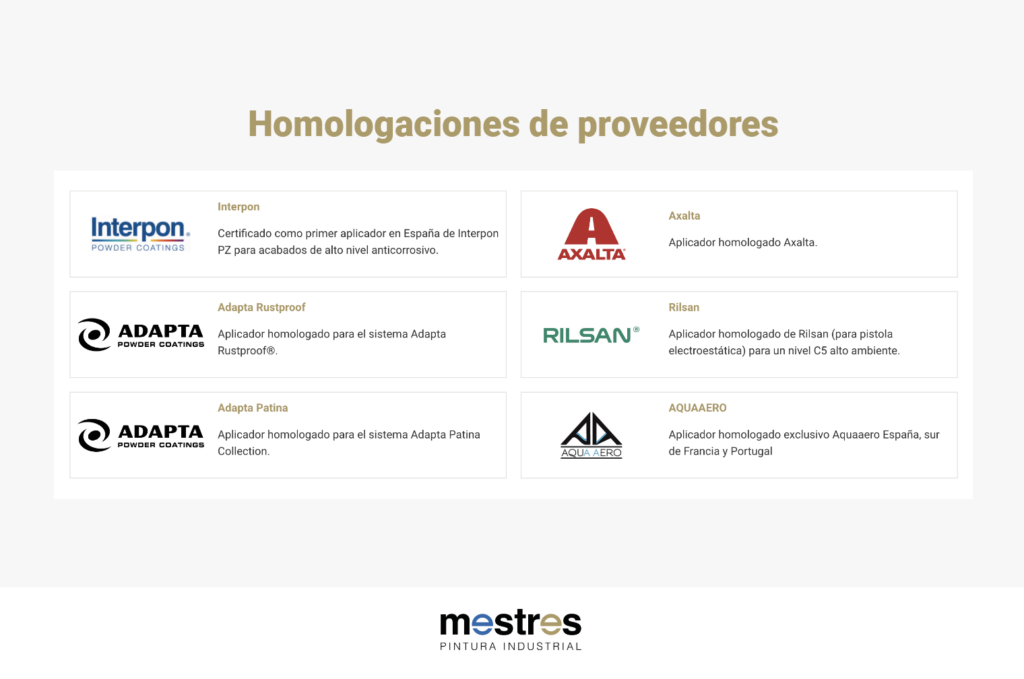The industrial painting sector has undergone a significant evolution in recent years driven by technological advances, changes in environmental regulations, and the growing demand for more efficient and sustainable solutions.
Current trends in industrial painting reflect a focus on optimising processes, reducing environmental impacts and improving the durability and aesthetics of coatings. In this article, we explore some of the most relevant trends that are shaping the future of industrial painting.
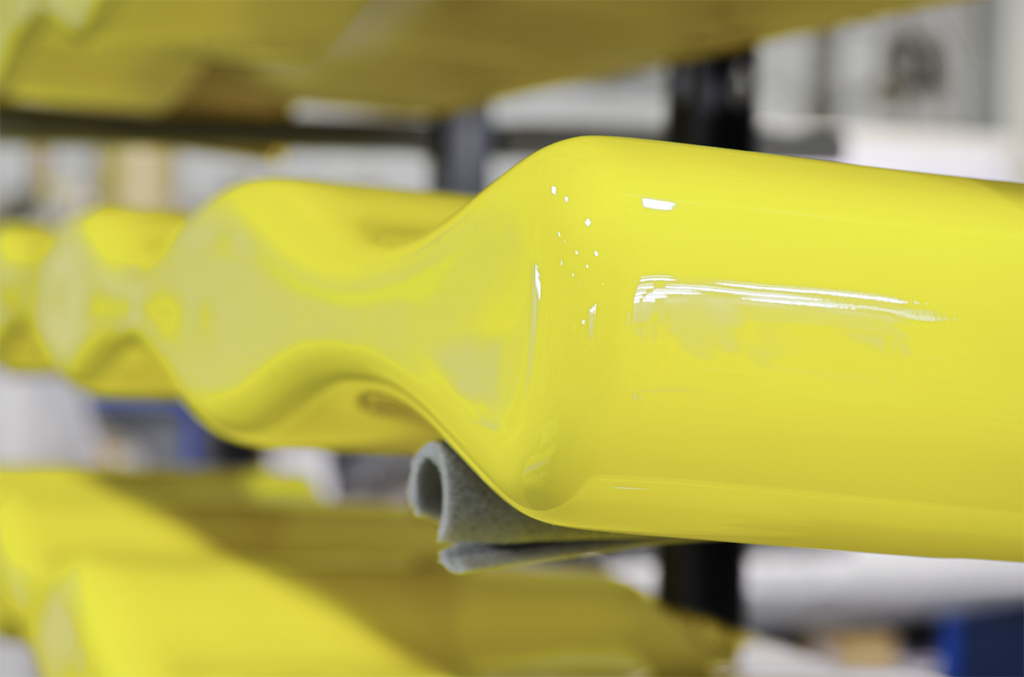
1. Ecological and sustainable paints
One of the most prominent trends is the increasing use of green paints. Industries are under pressure to reduce their carbon footprint and minimise the use of volatile organic compounds (VOCs), which are harmful to the environment and human health. In response, manufacturers are developing water-based coatings and other low-VOC formulations. In addition, alternatives are being explored such as bio-based paints made from renewable raw materials, which offer a sustainable option with no compromise on performance.
2. Smart coatings
Smart coatings represent another key trend in industrial painting. These coatings are designed to respond to changes in the environment all while enhancing the protection of treated surfaces. Some may include paints that change colour with temperature or exposure to UV light, which can be useful for security or monitoring applications.
3. High-efficiency spraying technology
Spraying technology has advanced significantly, allowing for more precise applications with less material waste. State-of-the-art spraying equipment, such as HVLP (High Volume Low Pressure) systems and electrostatic sprayers, allow paint layers to be applied with greater uniformity and less overspray. This not only improves the quality of the coating, but also reduces paint consumption and the associated environmental impact.
4. Automation and robotics
Automation in industrial painting is transforming the way coatings are applied. Robotic systems allow for more consistent application, especially on complex or hard-to-reach surfaces in addition to reducing worker exposure to hazardous materials.
5. Functional coatings
Beyond basic protection, functional coatings are gaining ground in industry. These coatings offer additional properties such as resistance to bacteria, anti-static properties, or hydrophobic surfaces that repel water and other liquids. These developments are particularly relevant in sectors such as healthcare, electronics and food, where treated surfaces must meet specific safety and performance requirements.
6. Customisation and aesthetics
Although the main function of industrial painting is protection, aesthetics is becoming more important, especially in sectors where appearance is a key factor. Companies are investing in technologies that allow for greater customisation of coatings, including a wider range of colours, finishes and special effects such as textured or metallic. This trend is driven by the demand for products that are not only durable, but also offer an attractive appearance.
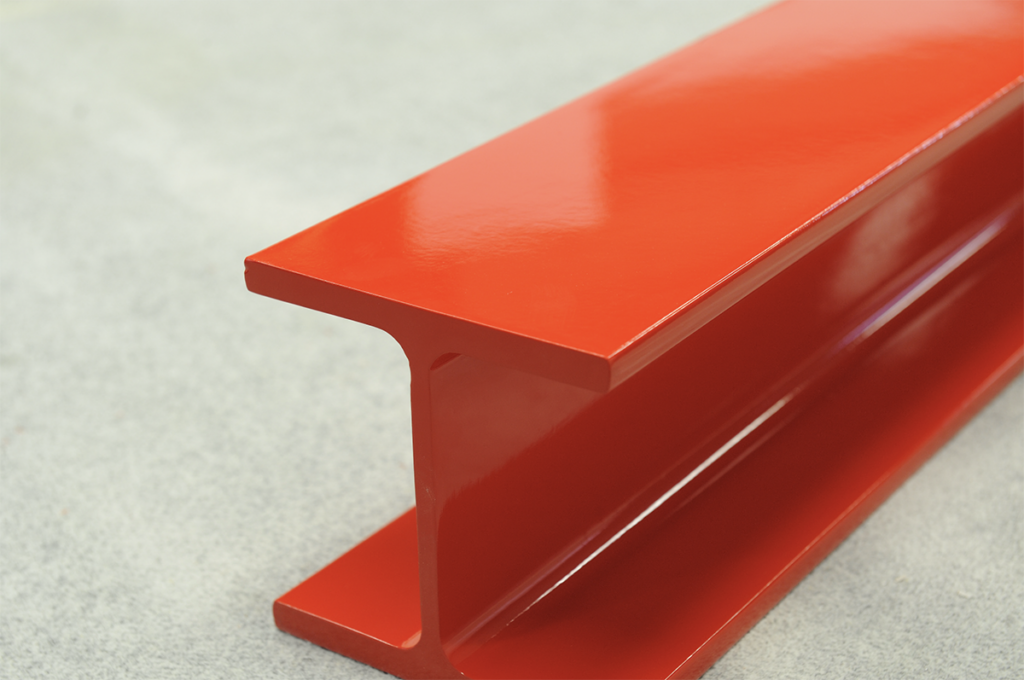
7. Regulations and compliance
Compliance with environmental and safety regulations continues to be a determining factor in industrial painting. Stricter regulations are driving companies to adopt cleaner and safer practices, such as the use of lead- and chrome-free coatings. In addition, certification of products and processes to international standards, such as ISO, is becoming common practice to ensure quality and regulatory compliance. You can check our certifications and approvals here.
Industrial painting is undergoing a transformation, driven by technological innovations, regulatory changes and the growing demand for sustainability. Current trends reflect a focus on smarter, more efficient and environmentally friendly coatings all while seeking to improve aesthetics and functionality. As these trends continue to develop, at Mestres Pintura Industrial, we will continue to adapt to meet the changing needs of the global industry.

